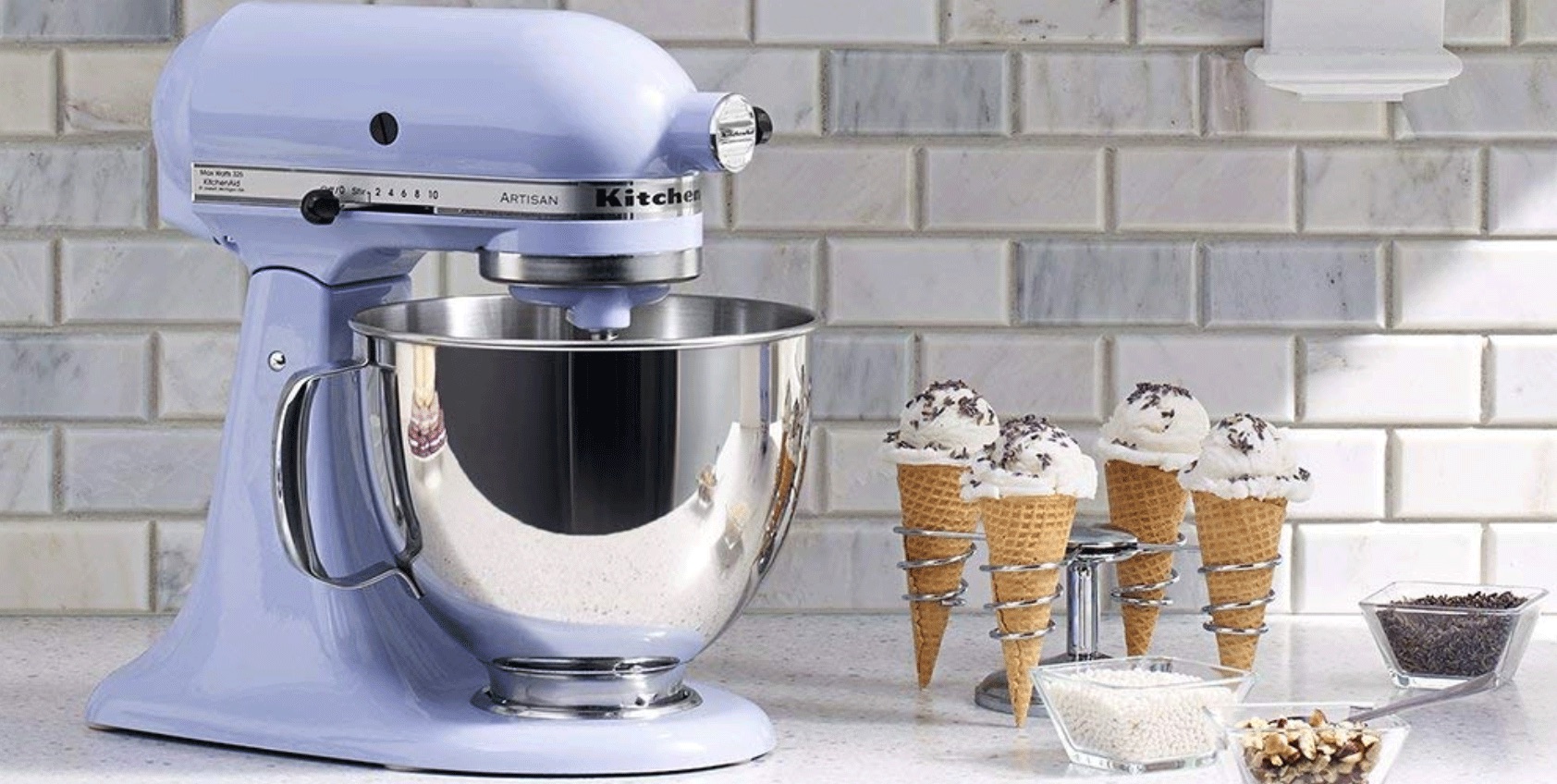

Articles
How To Choose The Right Kitchenaid Mixer
Modified: February 20, 2024
Looking for articles on how to choose the right Kitchenaid mixer? Find expert advice, reviews, and recommendations here to make the best decision for your kitchen.
(Many of the links in this article redirect to a specific reviewed product. Your purchase of these products through affiliate links helps to generate commission for Storables.com, at no extra cost. Learn more)
Introduction
Choosing the right Kitchenaid mixer for your kitchen can make a world of difference in your cooking and baking endeavors. With a wide range of options available, it’s important to understand the different models and factors to consider before making a purchase.
In this article, we’ll explore the various aspects to look for when choosing the right Kitchenaid mixer that suits your needs. From assessing your cooking needs to evaluating mixer capacity, power, speed options, and design, we’ll guide you through the decision-making process. By the end of this article, you’ll be equipped with the knowledge to make an informed purchase and take your culinary skills to new heights.
So let’s dive in and explore the world of Kitchenaid mixers!
Key Takeaways:
- Choose the right Kitchenaid mixer by assessing your cooking needs, evaluating mixer capacity, power, speed options, design, and budget. Find the perfect balance of features and affordability for delightful culinary adventures.
- Explore the world of Kitchenaid mixers, compare different models, and make an informed purchase. Consider mixer capacity, power, speed options, design, and budget to elevate your culinary experiences with style and efficiency.
Read more: How To Choose The Right Mortar
Understanding Your Kitchenaid Mixer Options
When it comes to Kitchenaid mixers, there are various options to choose from, each with its own set of features and capabilities. Understanding these options will help you select the right mixer that aligns with your cooking preferences and needs.
One important aspect to consider is the type of Kitchenaid mixer. The most common types include the tilt-head and bowl-lift models. The tilt-head mixers have a tilting head that allows easy access to the mixing bowl, making it convenient for adding ingredients or changing attachments. On the other hand, the bowl-lift models use a lever to raise and lower the bowl, offering stability, especially for heavy mixing tasks.
Another factor to keep in mind is the mixing capacity of the Kitchenaid mixer. Depending on the size of your family and the quantity of food you typically prepare, you can choose a mixer with different bowl capacities. Kitchenaid mixers are available with bowl sizes ranging from 3.5 quarts to 8 quarts. Assess your cooking needs and select the appropriate capacity to ensure efficient and effortless mixing.
The power of the mixer motor is also a crucial consideration. Higher-powered mixers provide the ability to handle tougher doughs and mixtures. For heavy-duty tasks like kneading dough or blending thick batters, a powerful mixer is essential. Kitchenaid mixers come with motor power ranging from 250 watts to over 1000 watts. Choose a mixer with sufficient power to meet your specific cooking requirements.
Additionally, the speed options of a Kitchenaid mixer can significantly impact your culinary endeavors. Mixers typically offer multiple speed settings to cater to various recipes. Lower speeds are ideal for mixing dry ingredients or gently folding delicate mixtures, while higher speeds are suitable for whipping creams or beating egg whites. Look for a mixer with a wide range of speed options to have more control over your mixing process.
Lastly, the design and size of the Kitchenaid mixer may influence your decision. These mixers come in a wide range of colors to match your kitchen decor, allowing you to add a touch of personal style to your countertop. Furthermore, consider the size of the mixer and the available counter space in your kitchen. Ensure that the chosen model can fit comfortably and be easily accessible.
By understanding these various options, you can select the Kitchenaid mixer that best suits your cooking needs. Whether you’re a casual home cook or a professional baker, having the right mixer can make a world of difference in your kitchen adventures. Next, let’s dive deeper into assessing your specific cooking needs to help you narrow down your options further.
Consider Your Cooking Needs
When choosing a Kitchenaid mixer, it’s essential to consider your specific cooking needs. Take into account the types of recipes you frequently prepare and the quantity of food you typically make.
If you often bake cookies, cakes, or bread, you may need a mixer with robust capabilities to handle heavy doughs. Look for a mixer with a high-powered motor and a larger bowl capacity to accommodate the ingredients you use in your recipes. This will ensure that the mixer can effortlessly handle the mixing and kneading required for these types of baked goods.
For smaller quantities and lighter mixtures, a compact mixer with a smaller bowl size may be more suitable. This type of mixer is ideal for everyday tasks, such as whipping cream, beating eggs, or mixing small batches of cookie dough. It offers convenience and versatility without taking up too much countertop space.
Consider the specific attachments you would need for your cooking needs. Kitchenaid mixers offer a wide range of attachments, including dough hooks, whip attachments, and paddle attachments. These attachments allow you to perform various tasks such as kneading dough, whipping cream, or mixing batter. Assess the attachments that come with different mixer models and determine which ones are essential for your cooking adventures.
If you frequently cook for large gatherings or have a big family, you may want to consider a mixer with a larger bowl capacity. This will save you time and effort by allowing you to mix larger quantities of ingredients in a single batch. Look for mixers with bowls that are 6 quarts or larger to accommodate your cooking needs.
On the other hand, if you primarily cook for yourself or a smaller household, a mixer with a smaller bowl capacity may be more practical. This prevents unnecessary waste and ensures that you can mix the right amount of ingredients for your recipes. Look for mixers with bowls that are 3.5 quarts to 4.5 quarts for more compact and efficient mixing.
By considering your cooking needs, you can narrow down your options and find the Kitchenaid mixer that best suits your culinary preferences. Whether you’re a gourmet chef or a home cook, having a mixer that aligns with your specific cooking needs will enhance your overall kitchen experience.
Next, let’s delve into assessing the capacity of the mixer, as it is another crucial factor to consider when choosing the right Kitchenaid mixer.
Assessing Mixer Capacity
The capacity of a Kitchenaid mixer refers to the volume of ingredients it can comfortably accommodate in its mixing bowl. Assessing the mixer capacity is crucial to ensure that it can handle the quantity of food you typically prepare.
When determining the appropriate mixer capacity, consider the size of your family or the number of people you typically cook for. If you frequently cook for large gatherings or have a large family, you will likely benefit from a mixer with a larger capacity.
Kitchenaid mixers are available in various bowl sizes, typically ranging from 3.5 quarts to 8 quarts. If you tend to prepare small to medium-sized meals, a mixer with a capacity of around 3.5 to 4.5 quarts should suffice. This size is suitable for everyday tasks like whipping cream, beating eggs, or mixing small batches of dough or batter.
For those who often cook in larger quantities or enjoy baking larger batches of bread, cakes, or cookies, a mixer with a larger capacity is recommended. A capacity of 5 to 6 quarts is appropriate for most regular baking needs, allowing you to easily mix larger volumes of ingredients.
If you frequently entertain guests or need to prepare large quantities of food, such as for parties or events, consider a mixer with a capacity of 7 quarts or more. These larger mixers can handle substantial amounts of ingredients and are ideal for heavy-duty tasks like kneading bread dough or making large batches of batter.
It’s important to note that while a larger mixer may offer more capacity, it may also take up more counter space in your kitchen. Consider the available space in your kitchen and ensure that the chosen mixer will fit comfortably without causing any inconvenience.
Assessing the mixer capacity based on your specific cooking needs ensures that you have the right amount of space to mix ingredients efficiently. Whether you are a casual home cook or a professional baker, selecting the appropriate capacity will help you achieve consistent and delicious results in your culinary creations.
Next, let’s dive into evaluating the power of Kitchenaid mixers, as it plays a significant role in their performance and versatility.
Evaluating Mixer Power
The power of a Kitchenaid mixer is a crucial factor to consider when making a purchase. The motor power directly affects the mixer’s performance and its ability to handle different mixing tasks.
Most Kitchenaid mixers have motors with power ranging from 250 watts to over 1000 watts. The higher the wattage, the more powerful the motor, which translates to better performance and versatility.
When evaluating mixer power, consider the types of recipes you frequently make. If you often work with heavy doughs, such as bread or pizza dough, a mixer with a higher wattage is recommended. These high-powered mixers have the strength and torque needed to knead tough doughs without straining the motor. You’ll be able to mix, knead, and incorporate ingredients effortlessly, resulting in perfectly-textured breads and pastries.
For lighter mixtures, such as batters for cakes, cookies, or muffins, a mixer with a lower wattage may be sufficient. These tasks require less power, and opting for a lower-powered mixer can still yield excellent results while being more energy-efficient.
Another aspect to consider when evaluating mixer power is the electronics and technology integrated into the motor. Some Kitchenaid mixers feature a direct-drive motor, which delivers power directly to the attachments without power loss. This type of motor ensures consistent and efficient mixing, even when handling heavy loads.
Furthermore, certain models have variable speed controls or load-sensing technology, which automatically adjusts the speed and power based on the mixture’s density. This feature ensures optimal mixing results and prevents motor overheating or strain.
It’s important to note that higher-powered mixers may come at a higher cost, so it’s essential to weigh your cooking needs and budget before making a decision. Consider the frequency and intensity of your mixing tasks, as well as your long-term usage expectations, to determine the appropriate power level for your needs.
By evaluating mixer power, you can ensure that your Kitchenaid mixer can handle the tasks you require, from whipping cream to kneading dough. Selecting the right power level will provide you with a versatile and reliable mixing experience that meets the demands of your cooking adventures.
Next, let’s explore the importance of mixer speed options in enhancing your culinary creations.
Read more: How To Choose The Right Conduit Size
Examining Mixer Speed Options
The speed options available on a Kitchenaid mixer play a significant role in achieving the desired consistency and texture in your culinary creations. Understanding and utilizing the different speed settings can elevate your mixing experience.
Most Kitchenaid mixers offer multiple speed settings, typically ranging from a slow stir to a high speed. These speed options give you precise control over the mixing process, allowing you to achieve the perfect results for a wide variety of recipes.
At the lower speed settings, such as the stir or low setting, the mixer operates at a slow and gentle pace. This setting is ideal for incorporating dry ingredients or gently folding delicate mixtures. When making cake batters, muffin batters, or gently mixing in chocolate chips or nuts, the low speed setting prevents overmixing and ensures proper incorporation without creating excess air in the mixture.
As you move up to the medium speed settings, you can achieve a consistent and uniform mixing of ingredients. This speed range is suitable for most general mixing tasks, such as whipping cream, beating eggs, or mixing cookie dough. The medium speed ensures thorough mixing without overmixing, resulting in smooth and well-blended mixtures.
When you need to whip or aerate mixtures, such as whipping cream or beating egg whites, higher speed settings are essential. The high-speed settings on a Kitchenaid mixer allow you to whip ingredients quickly and efficiently, incorporating air and creating volume. This is especially beneficial when making meringues, soufflés, or fluffy frostings.
Some Kitchenaid mixers also offer a feature called “sweep” or “fold,” which is a slower speed setting designed specifically for delicate tasks like folding ingredients into a mixture or gently creating layers in a cake batter. This setting ensures precise control and prevents overmixing or deflating delicate mixtures.
Having a wide range of speed options allows you to adapt to different recipes’ requirements and achieve the desired results. It’s important to follow the recipe instructions and adjust the mixer speed as needed to ensure proper mixing and texture.
Additionally, certain Kitchenaid mixer models offer a gradual start feature, where the mixer starts at a slower speed and gradually increases to the selected speed. This feature prevents ingredients from splattering out of the bowl or causing a mess, providing a cleaner and more controlled mixing experience.
By examining the available speed options on a Kitchenaid mixer, you can select a model that provides the necessary versatility for your cooking needs. Whether you require a slow and gentle stir or a high-powered whip, having the right speed settings at your fingertips will allow you to effortlessly achieve the perfect mixtures for your culinary creations.
Next, let’s delve into the importance of mixer design and size when selecting the right Kitchenaid mixer for your kitchen.
When choosing a KitchenAid mixer, consider the size of your kitchen and the capacity you need. A larger capacity mixer is great for big batches, while a smaller one is more suitable for everyday use.
Examining Mixer Design and Size
When choosing a Kitchenaid mixer, considering the design and size is essential to ensure it not only meets your functional needs but also complements your kitchen decor.
Kitchenaid mixers are available in a wide range of designs, colors, and finishes, allowing you to find one that matches your personal style and kitchen aesthetic. From classic shades like white and silver to vibrant hues like red and blue, there is a variety of options to choose from. Select a color that brings joy and adds a splash of personality to your countertop, making your mixer a focal point in your kitchen.
In addition to color options, you can also choose between different finishes, such as matte or glossy. Consider the overall look and feel you want to achieve in your kitchen and select a finish that aligns with your preferences and existing appliances.
Design elements of the Kitchenaid mixer also include the positioning of the controls and the functionality of the attachments. The control knobs and buttons should be easily accessible and intuitive to use, allowing you to effortlessly adjust speed settings. Some models feature a digital display for even more precise control and ease of use.
The size of the mixer is another important consideration. Take into account the available counter space in your kitchen. If you have limited space, opting for a smaller-sized or compact Kitchenaid mixer would be more practical. These mixers offer the same functionalities and capabilities but take up less room on your countertop, allowing for easy storage when not in use.
On the other hand, if you have ample counter space or frequently use the mixer, you may opt for a larger-sized model. Larger mixers often come with bigger bowl capacities and more powerful motors, offering enhanced performance for heavy-duty tasks. However, be mindful of the size and weight if you plan to move the mixer around or store it in a cabinet.
Consider your specific needs and the layout of your kitchen when evaluating the design and size of the Kitchenaid mixer. Choose a model that not only fits seamlessly into your kitchen but also provides optimal functionality and convenience.
By examining the mixer’s design and size, you can select a Kitchenaid mixer that not only meets your cooking needs but also enhances the overall aesthetics of your kitchen. Make a statement with a stylish and well-designed mixer that blends seamlessly with your kitchen decor.
Next, let’s compare different Kitchenaid mixer models to explore the various options available.
Comparing Different Kitchenaid Mixer Models
When selecting a Kitchenaid mixer, it’s essential to compare the different models available to choose the one that best suits your needs. Here, we will explore some popular Kitchenaid mixer models and highlight their key features.
1. Kitchenaid Classic Stand Mixer: This model is a great entry-level option, featuring a tilt-head design and a 4.5-quart stainless steel mixing bowl. It comes with a flat beater, dough hook, and wire whip attachments, providing versatility for various recipes. With a 275-watt motor, the Classic Stand Mixer can handle most everyday mixing tasks.
2. Kitchenaid Artisan Stand Mixer: The Artisan is a popular choice for home cooks and baking enthusiasts. It offers a 5-quart stainless steel mixing bowl and a tilt-head design for easy access. With a 325-watt motor, it can handle heavier mixtures and doughs. The Artisan comes in a wide range of colors and finishes, allowing you to customize it to match your kitchen decor.
3. Kitchenaid Professional 600 Series: For those who need more power and capacity, the Professional 600 Series is an excellent option. It features a 6-quart stainless steel mixing bowl and a bowl-lift design, providing stability for mixing heavy doughs. With a powerful 575-watt motor, it can handle demanding tasks effortlessly. This model is ideal for serious home cooks and avid bakers.
4. Kitchenaid Pro Line Series: The Pro Line Series is the top-of-the-line option from Kitchenaid, designed for professional use and commercial kitchens. It boasts a powerful 1.3-horsepower motor and an 8-quart stainless steel mixing bowl. The Pro Line Series offers the most capacity and power, making it suitable for heavy-duty mixing tasks such as large bread or pastry batches.
Each Kitchenaid mixer model mentioned above varies in terms of capacity, power, and design. Consider your specific cooking needs and preferences to choose the model that aligns with your requirements. Keep in mind that as you move up to the higher-end models, there is an increase in price.
It’s also worth noting that Kitchenaid offers a range of optional attachments that can expand the functionality of your mixer. These attachments include a pasta roller, a meat grinder, and a vegetable spiralizer, among others. Consider whether these attachments are of interest to you when comparing the different mixer models.
By comparing the various Kitchenaid mixer models, you can make an informed decision and choose the one that best fits your cooking style, needs, and budget. Whether you’re a casual home cook or a professional baker, there’s a Kitchenaid mixer model that’s perfect for you.
Next, let’s discuss the importance of considering your budget when purchasing a Kitchenaid mixer.
Understanding Your Budget
Considering your budget is an important aspect when choosing a Kitchenaid mixer. These mixers vary in price, and understanding your budget will help you find the model that offers the right balance of features and affordability.
Before you start shopping, determine the maximum amount you’re willing to spend on a Kitchenaid mixer. Setting a budget will help you narrow down your options and focus on the models that fall within your desired price range.
It’s important to remember that the price of a Kitchenaid mixer can vary based on factors such as the model, the motor power, the size, and the included attachments. Higher-end models with larger capacities, more powerful motors, and additional features will generally cost more than entry-level or compact models.
Consider the kind of cooking that you typically do and how frequently you plan to use the mixer. If you’re an avid baker or frequently cook in larger quantities, investing in a higher-powered and larger-capacity mixer may be beneficial.
However, if you only do minimal baking or require a mixer for lighter tasks, a more affordable option that still meets your basic needs may be sufficient. Entry-level models such as the Kitchenaid Classic Stand Mixer or the Artisan Stand Mixer offer excellent performance at a more budget-friendly price point.
If you’re hesitant about the cost but still want the quality associated with Kitchenaid, consider purchasing a refurbished model or waiting for sales and promotions. Refurbished mixers are often inspected and restored by the manufacturer, offering a more affordable alternative without compromising on performance or durability.
Ultimately, it’s important to find the right balance between your budget and the features and capabilities you require. With the variety of Kitchenaid mixer models available, you’re bound to find one that suits your needs and fits within your financial constraints.
Next, let’s explore how reading mixer reviews and ratings can provide valuable insights in your decision-making process.
Read more: How To Choose The Right Electric Motor
Reading Mixer Reviews and Ratings
When considering a Kitchenaid mixer purchase, reading mixer reviews and ratings can provide valuable insights into the performance, quality, and durability of different models. Reviews from other customers who have already purchased and used the mixers can help you make an informed decision.
Start by researching reputable websites and online retailers that sell Kitchenaid mixers. Look for reviews and ratings specific to the models you’re interested in. Pay attention to both positive and negative feedback to gain a comprehensive understanding of each mixer’s strengths and weaknesses.
Reviews often highlight the mixer’s performance in various tasks, such as mixing dough, whipping cream, or blending ingredients. This information can give you a sense of how well the mixer performs and whether it meets your specific cooking needs.
Additionally, reviewers may comment on the construction and build quality of the mixer, providing insight into its durability and longevity. Look for reviews that discuss the reliability and lifespan of the mixer, as well as any potential issues or drawbacks reported by users.
Pay attention to the overall rating or average score given by multiple reviewers. This can give you a general idea of how well-received a particular Kitchenaid mixer model is among customers. However, it’s essential to read individual reviews to understand the context and specific experiences that led to the ratings.
Keep in mind that personal preferences and cooking styles may vary from one reviewer to another. What works well for one person may not necessarily be the best fit for your specific needs. Look for common themes and patterns in the reviews to help you form a more accurate assessment.
Additionally, consider seeking recommendations from friends, family, or fellow cooking enthusiasts who may have firsthand experience with Kitchenaid mixers. Their insights can provide valuable guidance in your decision-making process.
By reading mixer reviews and ratings, you can gain a better understanding of customer experiences and make an informed choice when purchasing a Kitchenaid mixer. Balancing the feedback from other users with your own preferences and needs will help ensure you select the model that best suits your cooking adventures.
Next, let’s conclude our discussion and summarize the key considerations when choosing the right Kitchenaid mixer.
Conclusion
Choosing the right Kitchenaid mixer for your kitchen is a decision that can greatly enhance your culinary endeavors. By considering various factors, including your cooking needs, mixer capacity, power, speed options, design, and budget, you can make an informed choice that aligns with your preferences.
Assessing your specific cooking needs, such as the types of recipes you frequently prepare and the quantity of food you typically make, helps you determine the appropriate mixer capacity. Whether you opt for a smaller-sized mixer for everyday tasks or a larger-capacity mixer for more extensive projects, choosing the right size ensures efficient and effortless mixing.
Evaluating mixer power is crucial in selecting a model that can handle the demands of your cooking style. Consider the types of mixtures you work with, whether it’s heavy doughs or light batters, and choose a mixer with a motor power that suits your specific requirements.
Examining the speed options of a Kitchenaid mixer allows you to achieve precise control over your mixing process. From slow stir settings for gentle incorporation of ingredients to high-speed settings for whipping and aerating, having a range of speed options enables you to achieve the desired consistency and texture in your culinary creations.
The design and size of the Kitchenaid mixer play a significant role in both functionality and aesthetics. Consider the available space in your kitchen and select a mixer that fits comfortably. Choose a color and design that brings joy and complements your kitchen decor, making your mixer a delightful addition to your countertop.
Understanding your budget is essential in finding a Kitchenaid mixer that strikes the right balance between features and affordability. By establishing a budget and comparing different models within that range, you can choose a mixer that meets your needs without stretching your budget.
Lastly, reading mixer reviews and ratings can provide valuable insights into the performance, quality, and durability of different Kitchenaid mixer models. Consider the experiences shared by other customers to gain a better understanding of each mixer’s pros and cons and make a more informed decision.
In conclusion, selecting the right Kitchenaid mixer involves a thoughtful consideration of your cooking needs, mixer capacity, power, speed options, design, and budget. By taking the time to evaluate these factors, you can find a mixer that not only meets your functional requirements but also adds style and efficiency to your culinary adventures.
So start exploring the various Kitchenaid mixer models, compare their features, and embark on a journey of delightful mixing and baking experiences in your kitchen!
Frequently Asked Questions about How To Choose The Right Kitchenaid Mixer
Was this page helpful?
At Storables.com, we guarantee accurate and reliable information. Our content, validated by Expert Board Contributors, is crafted following stringent Editorial Policies. We're committed to providing you with well-researched, expert-backed insights for all your informational needs.
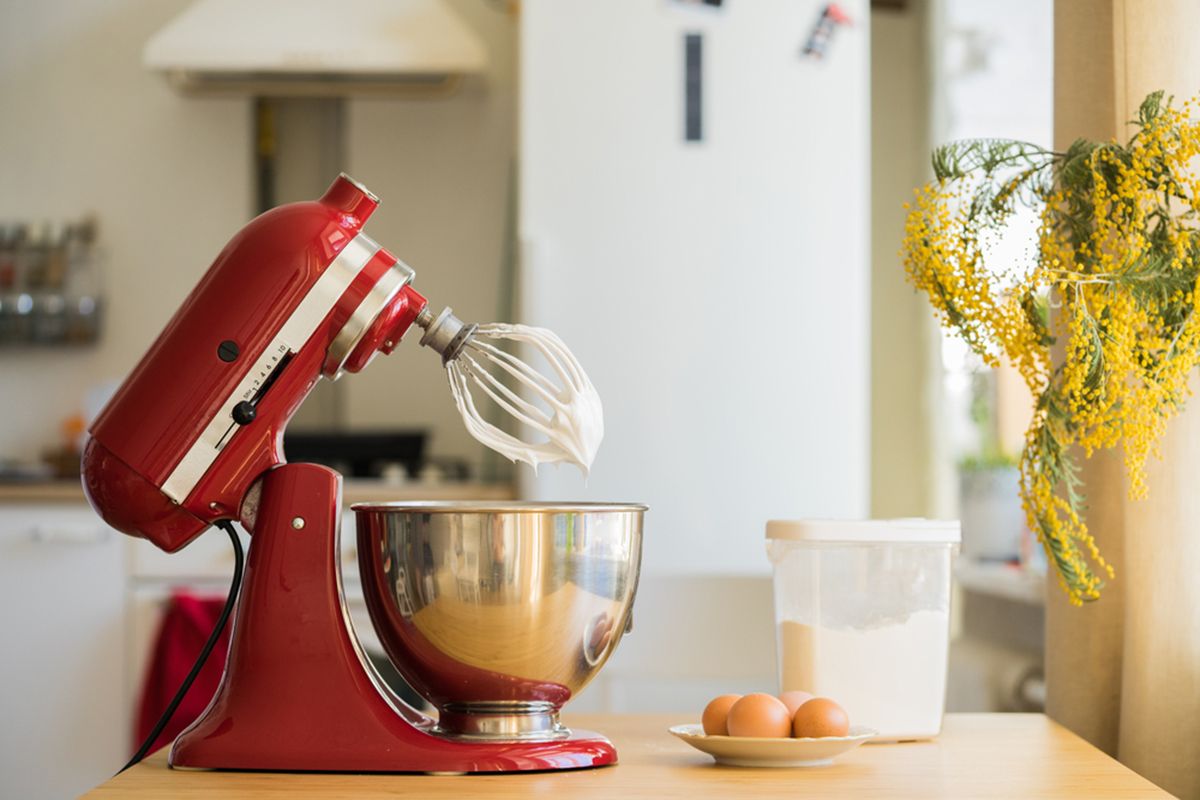

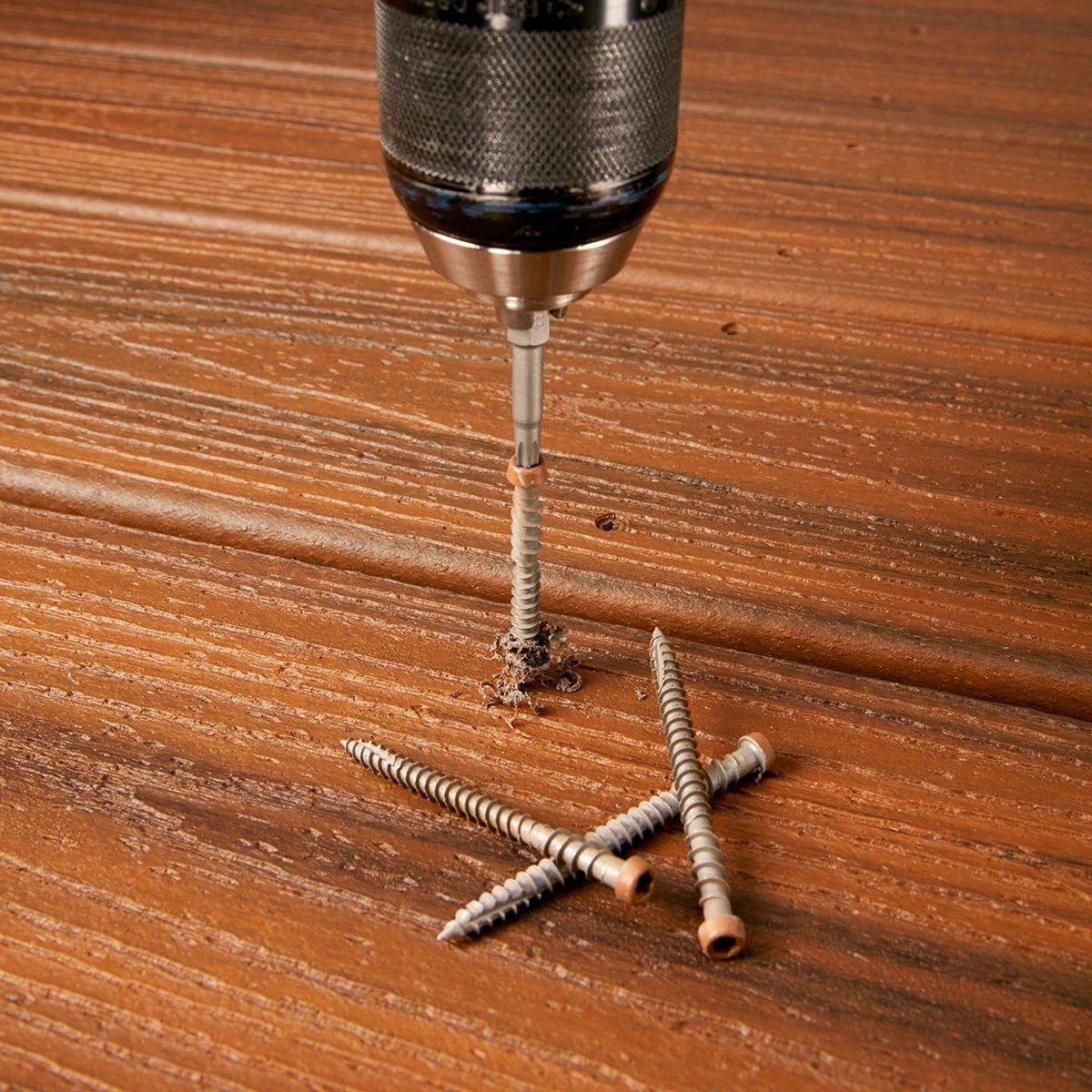
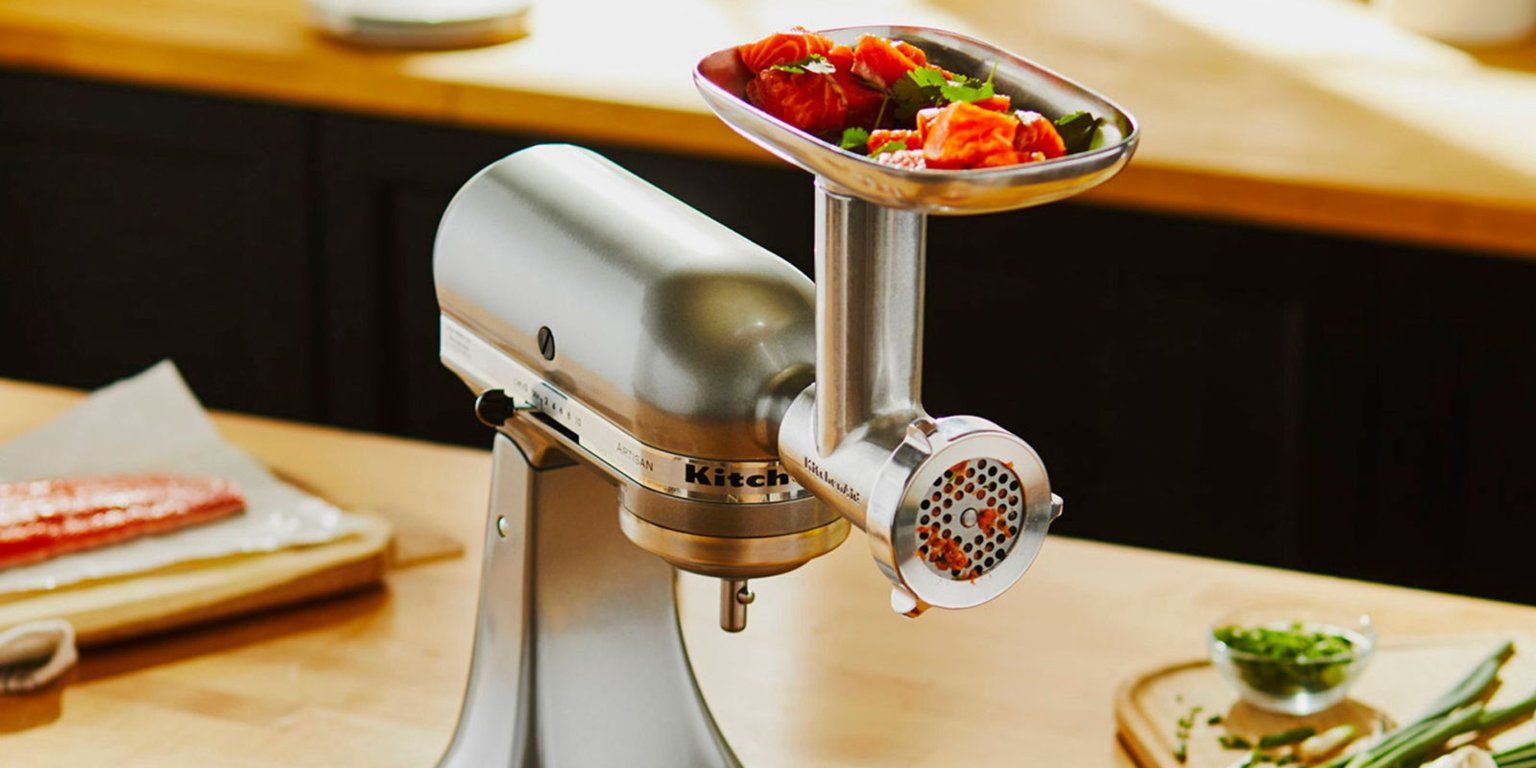
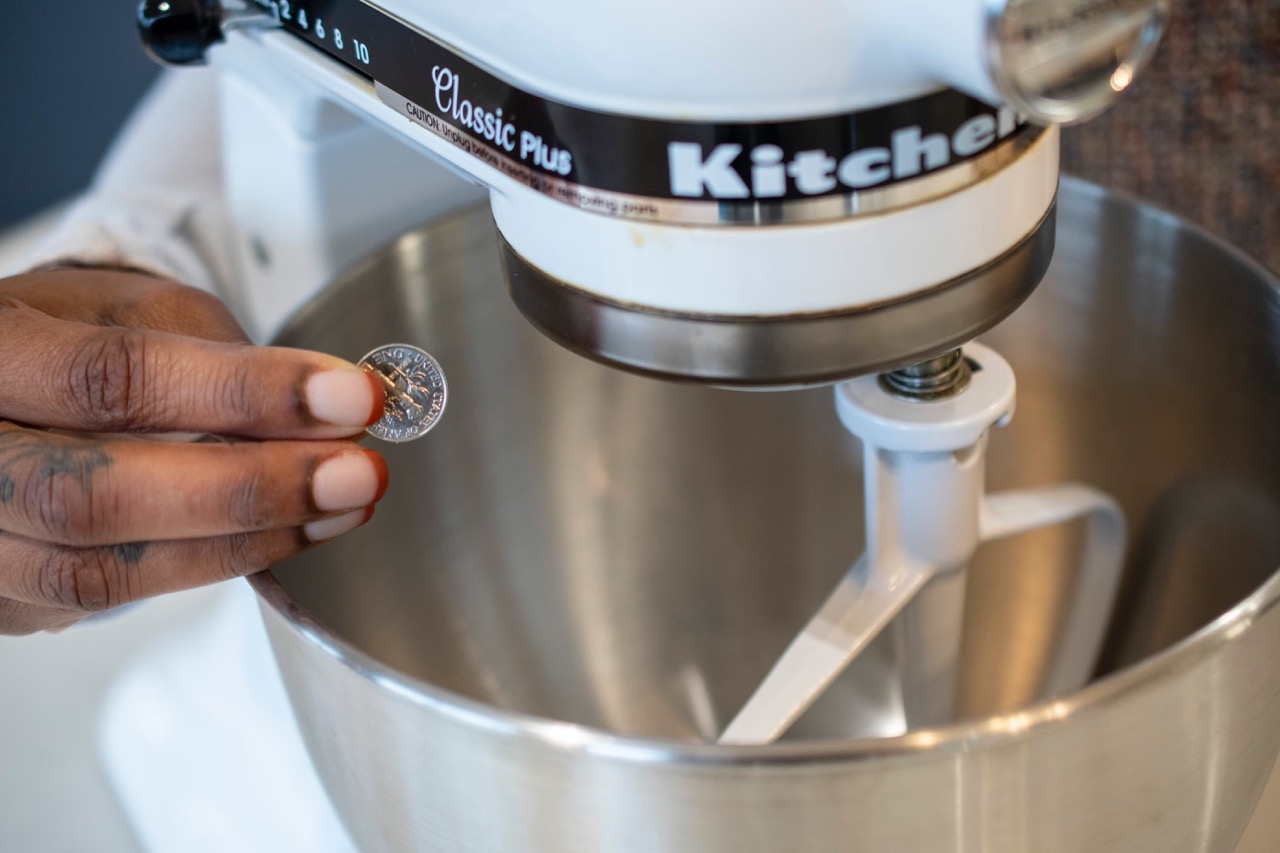
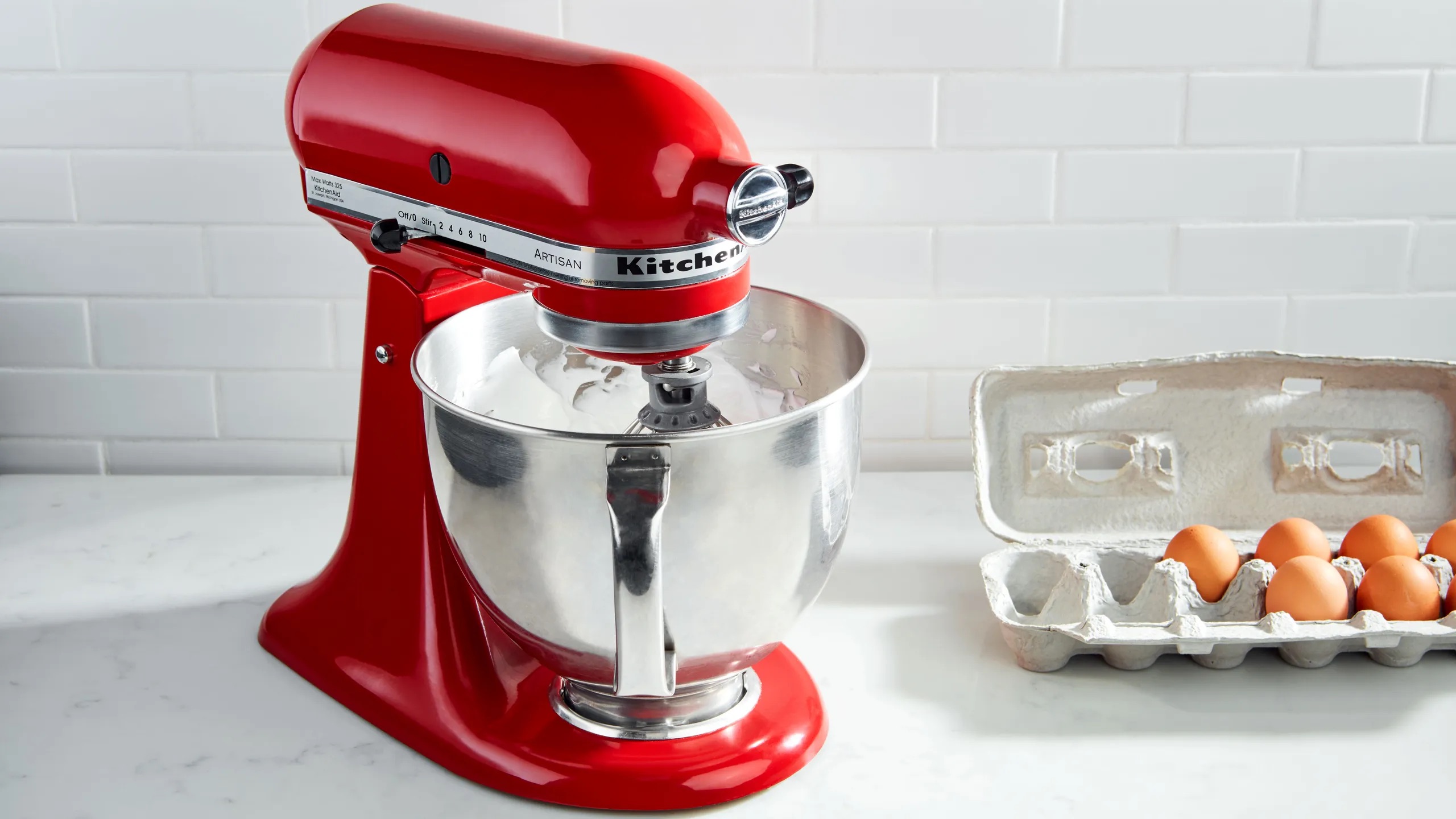
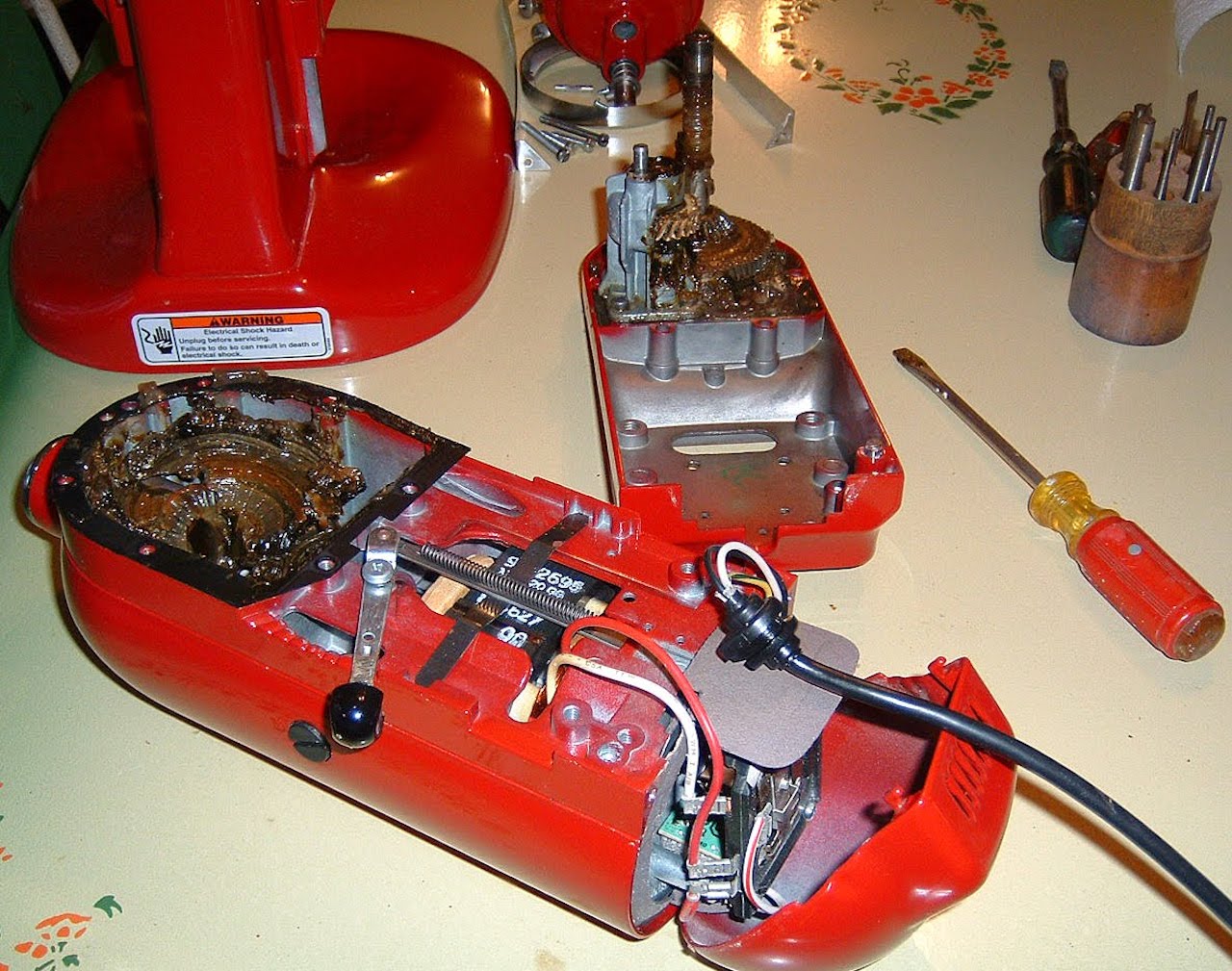
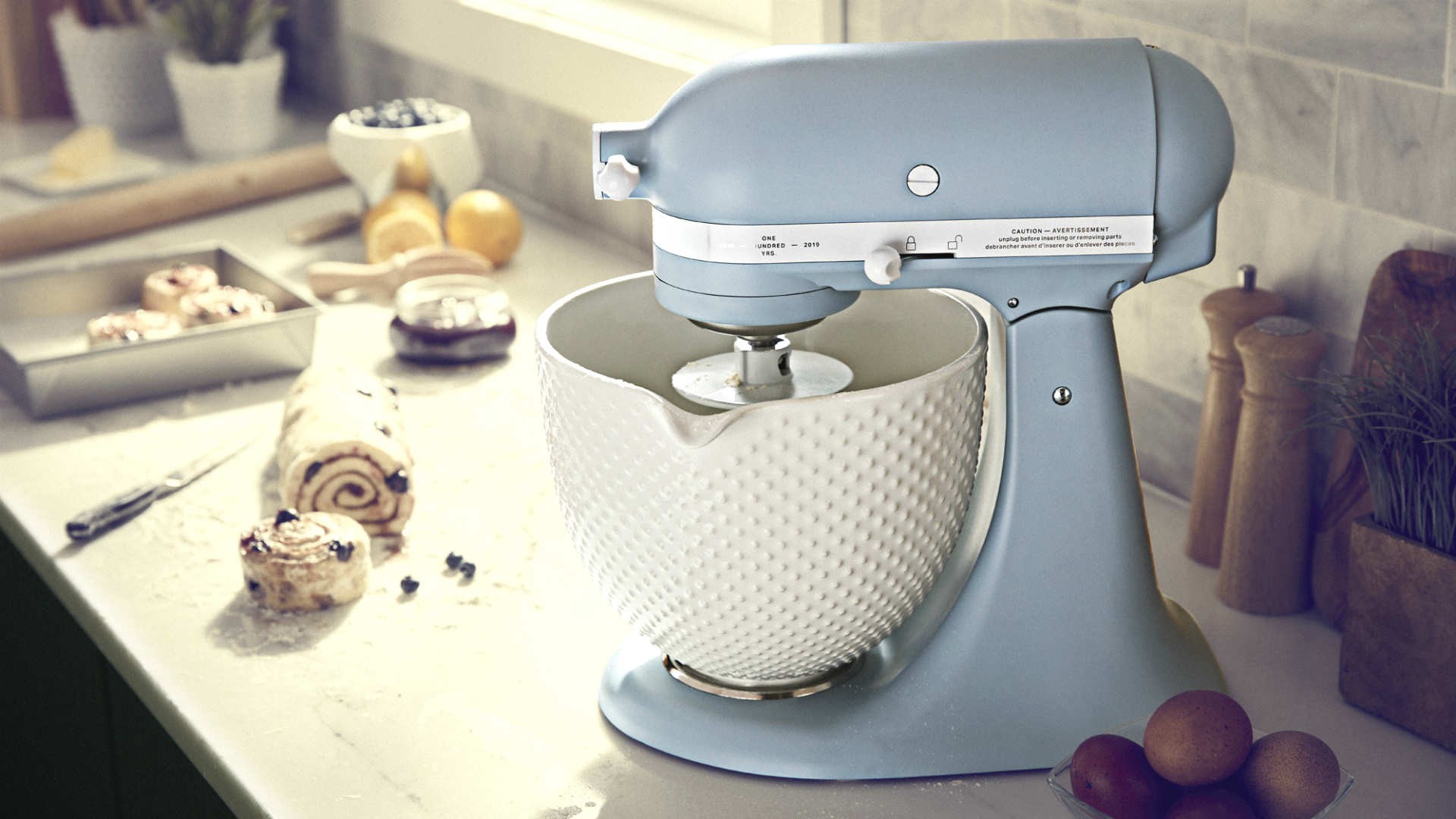
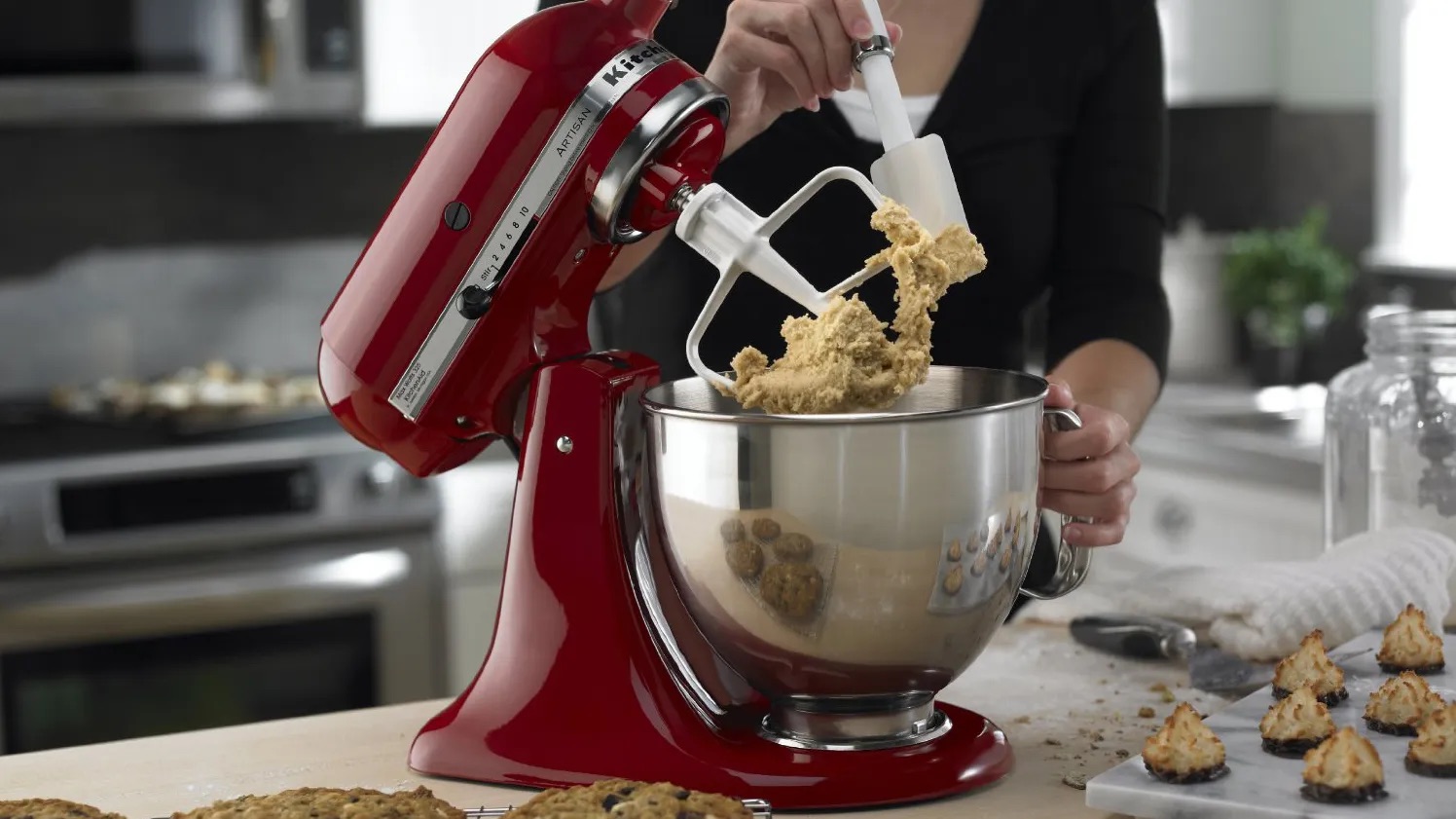
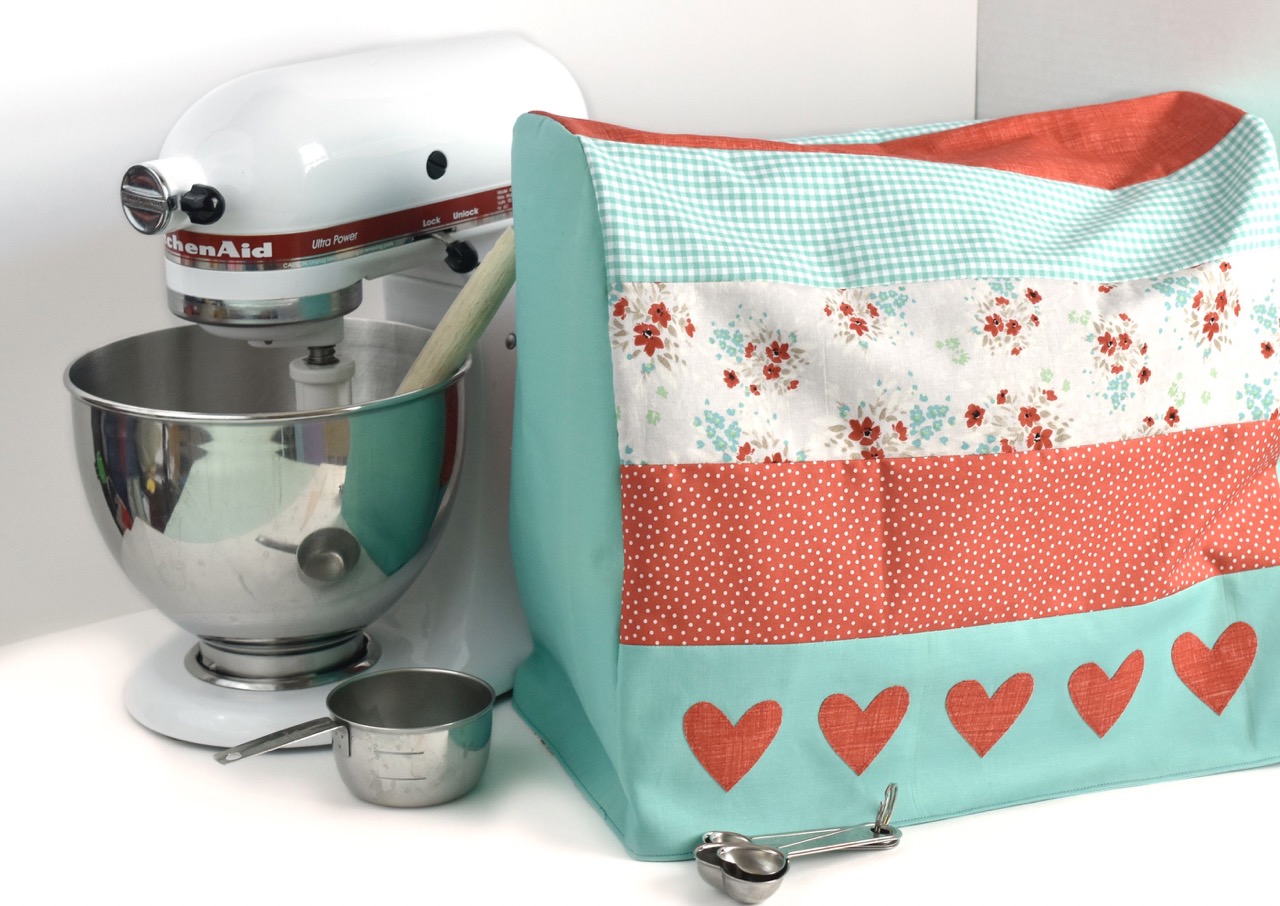




0 thoughts on “How To Choose The Right Kitchenaid Mixer”